Common Ginseng Insects – How To Get Rid Of Pests On Ginseng
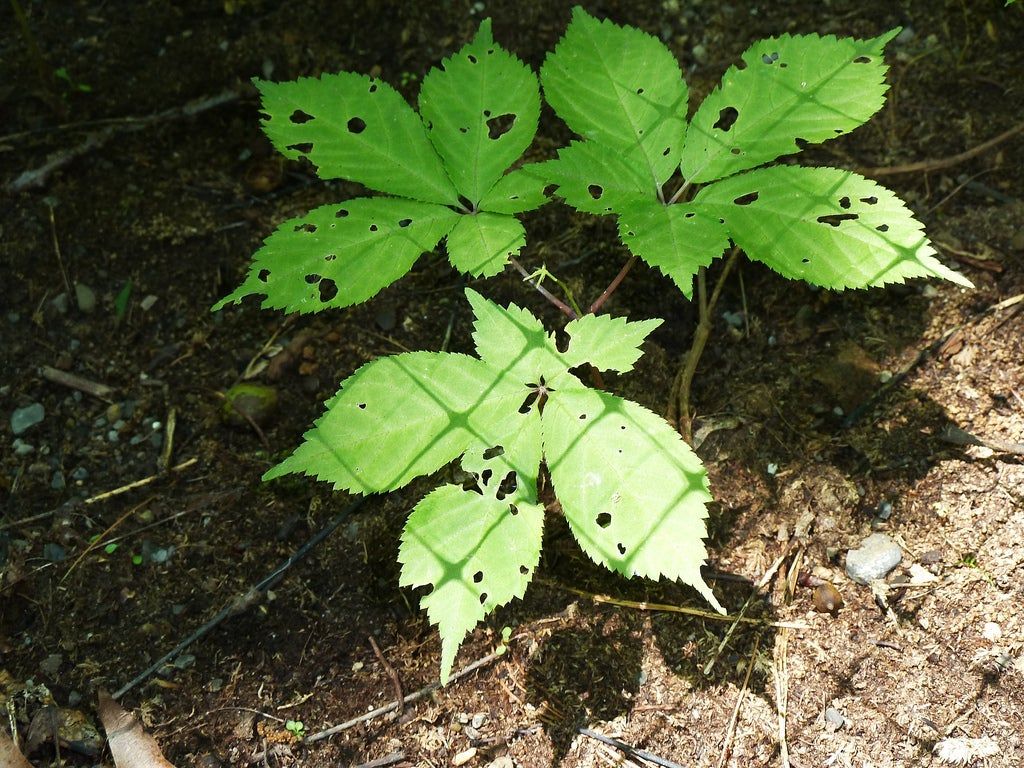

Most gardeners who grow ginseng do so in order to use it for its many reputed health benefits. By cultivating your own herbs, you can be certain that the ginseng you consume has been organically grown. But ginseng, like most plants, can be attacked by pests, so basic know-how about bugs that eat ginseng is mandatory. Read on for information on ginseng insects and other pests, as well as tips on how to get rid of pests on ginseng.
About Ginseng Pest Control
Ginseng pests include bugs that eat ginseng as well as other insects or wildlife that live on and injure the plant. In fact, you can define garden pests as anything that interferes with the desired growth of your ginseng, including rodents.
Treating ginseng pests is a little tricky since you intend to consume the plant yourself when it is mature. That means that standard pesticides may not be appropriate for ginseng pest control. Don’t rush out to stock up on chemicals and repellants to start treating ginseng pests. The optimal manner to keep ginseng insects away or rodents from your crop is to select an appropriate growing site.
An ideal growing site is one that offers the same conditions under which ginseng thrives in the wild. The plant thrives when growing beneath mature hardwood trees, benefitting from both the shade they offer and the microflora and fauna provided.
If you are able to supply this growing situation, you may not need to worry about how to get rid of pests on ginseng. However, most gardeners have a hard time matching this natural environment.
How to Get Rid of Pests on Ginseng
You aren’t likely to find many pesticides labeled for use on ginseng, nor will you want to use just any pesticide. However, you can use organic methods to get rid of several bugs that eat ginseng.
For example, you may find that worms or slugs are eating your ginseng seeds before they germinate. You can find organic pesticides to eliminate slugs and hard-bodied caterpillars, or you can pick them off by hand.
Gardening tips, videos, info and more delivered right to your inbox!
Sign up for the Gardening Know How newsletter today and receive a free copy of our e-book "How to Grow Delicious Tomatoes".
You can also use home remedies. Applying sawdust or ashes as a mulch keeps crawling insects and slugs away from your plants. Slugs also love beer, so you can put some in a saucer. The slugs will come to drink, slip in and drown.
If the pests eating your ginseng are rodents, you have a choice of possible methods of control. You can install barriers in the soil and around the ginseng bed that rodents cannot penetrate. Use metal flashing that extends a foot (30 cm.) above and a foot below the soil surface.
You can also set out traps or poison to kill mice, rats, and moles. Take care that the methods of ginseng pest control you use won’t injure or kill pets or other wildlife.

Teo Spengler is a master gardener and a docent at the San Francisco Botanical Garden, where she hosts public tours. She has studied horticulture and written about nature, trees, plants, and gardening for more than two decades. Her extended family includes some 30 houseplants and hundreds of outdoor plants, including 250 trees, which are her main passion. Spengler currently splits her life between San Francisco and the French Basque Country, though she was raised in Alaska, giving her experience of gardening in a range of climates.
-
 Best Indeterminate Tomatoes: Flavor-Packed Varieties For Fresh Harvests All Summer Long
Best Indeterminate Tomatoes: Flavor-Packed Varieties For Fresh Harvests All Summer LongIndeterminate tomatoes are vining varieties that fruit all season. Discover their distinctive features and how to choose the best type to grow in your garden.
By Bonnie L. Grant
-
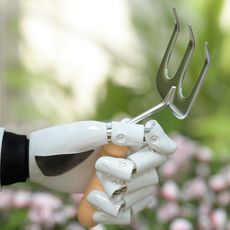 The Dangers Of AI For Gardening – How To Know What’s Real When It Comes To Your Garden
The Dangers Of AI For Gardening – How To Know What’s Real When It Comes To Your GardenThings aren’t always what they seem when it comes to using AI for gardening. Be discerning when relying on AI for accuracy, and take the time to do research.
By Teo Spengler
-
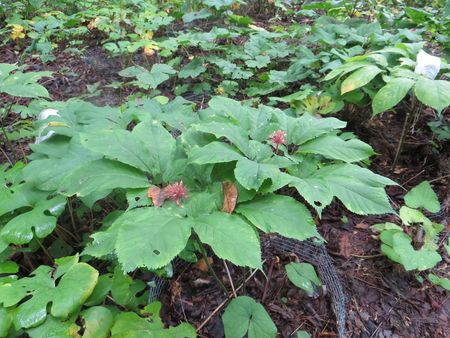 Ginseng Winter Care – What To Do With Ginseng Plants In Winter
Ginseng Winter Care – What To Do With Ginseng Plants In WinterMany people are able to produce adequate crops of ginseng root in a wide range of climatic conditions. With special consideration and the establishment of seasonal care routines, growers can maintain healthy ginseng plants for years to come. Learn about winter care here.
By Tonya Barnett
-
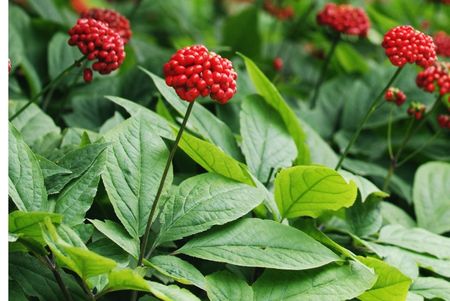 What Is Asian Ginseng – Learn How To Grow Korean Ginseng Plants
What Is Asian Ginseng – Learn How To Grow Korean Ginseng PlantsGinseng is featured prominently in a number of energy drinks, tonics and other health related products. On many of these products, the type of ginseng is called Asian or Korean ginseng root. The following article discusses how to grow Korean ginseng root.
By Amy Grant
-
 Wild Simulated Ginseng Plants: How To Grow Wild Simulated Ginseng
Wild Simulated Ginseng Plants: How To Grow Wild Simulated GinsengGinseng can command a significant price and may be an excellent opportunity for non-timber income on forest lands, which is where some enterprising growers plant ginseng. Click here to find out what wild simulated ginseng is and how to grow this plant yourself.
By Amy Grant
-
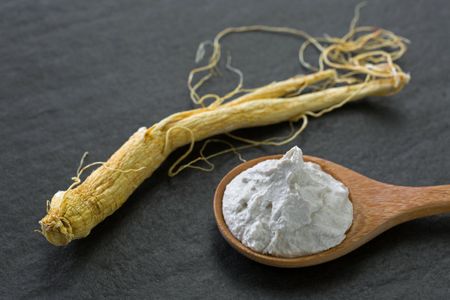 Medicinal Ginseng Remedies – Using Ginseng For Health Benefits
Medicinal Ginseng Remedies – Using Ginseng For Health BenefitsIn Asia, medicinal ginseng dates back several centuries. In North America, herbal ginseng use dates back to the early settlers, who used the plant to treat a number of conditions. Is ginseng good for you? What do medical experts say about using ginseng for health? Find out here.
By Mary H. Dyer
-
 Ailing Ginseng Plants – Identifying Common Ginseng Problems
Ailing Ginseng Plants – Identifying Common Ginseng ProblemsGinseng is a great plant to grow because you can enjoy a lot of potential health benefits from using the medicinal root. Unfortunately, there are a lot of ginseng problems you may encounter in the garden, as this is not the easiest plant to grow. Learn more here.
By Mary Ellen Ellis
-
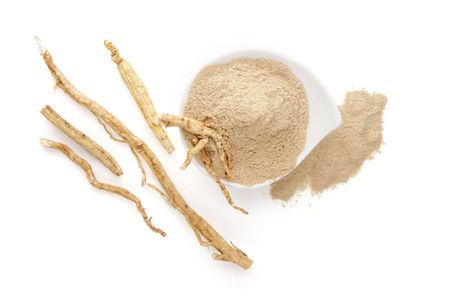 Dried Ginseng Root: Learn How To Store Ginseng Plants
Dried Ginseng Root: Learn How To Store Ginseng PlantsGrowing ginseng as an alternative crop is increasing in popularity, but it does take some commitment and it is necessary to learn how to dry ginseng root properly and store for later use. The information in this article can help with that.
By Amy Grant
-
 Potted Ginseng Care: Can You Grow Ginseng In Containers
Potted Ginseng Care: Can You Grow Ginseng In ContainersGinseng prefers to grow outdoors, either in beds or in pots. If you have questions about growing ginseng in containers, click here. We’ll give you information about potted ginseng including tips to help container-grown ginseng thrive.
By Teo Spengler
-
 Varieties Of Ginseng For The Home Gardener
Varieties Of Ginseng For The Home GardenerThere are several types of ginseng on the market today, including a few varieties of “ginseng” that are similar in many ways, but aren’t actually a true ginseng. Click on the following article to learn more about different types of ginseng.
By Mary H. Dyer